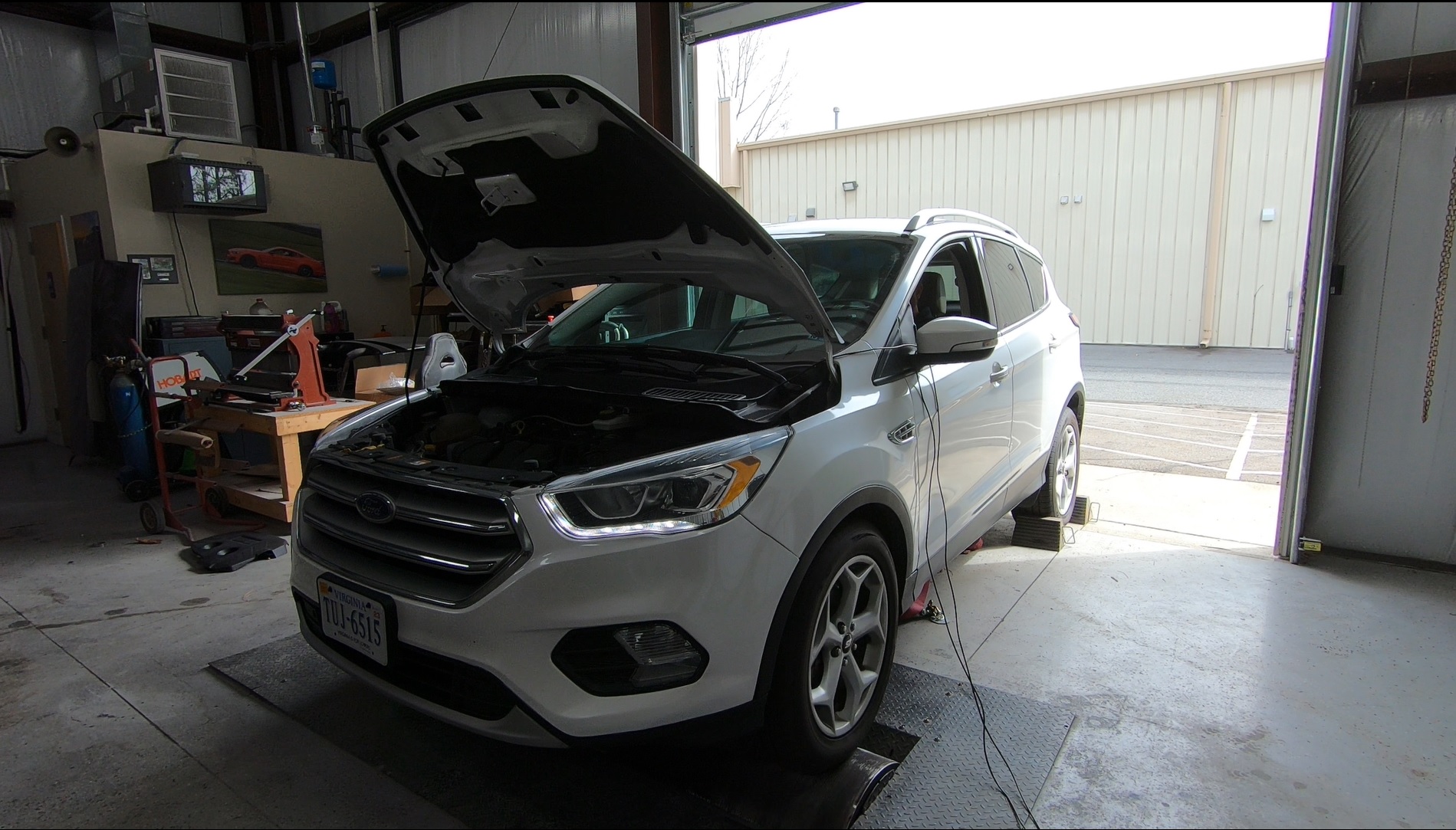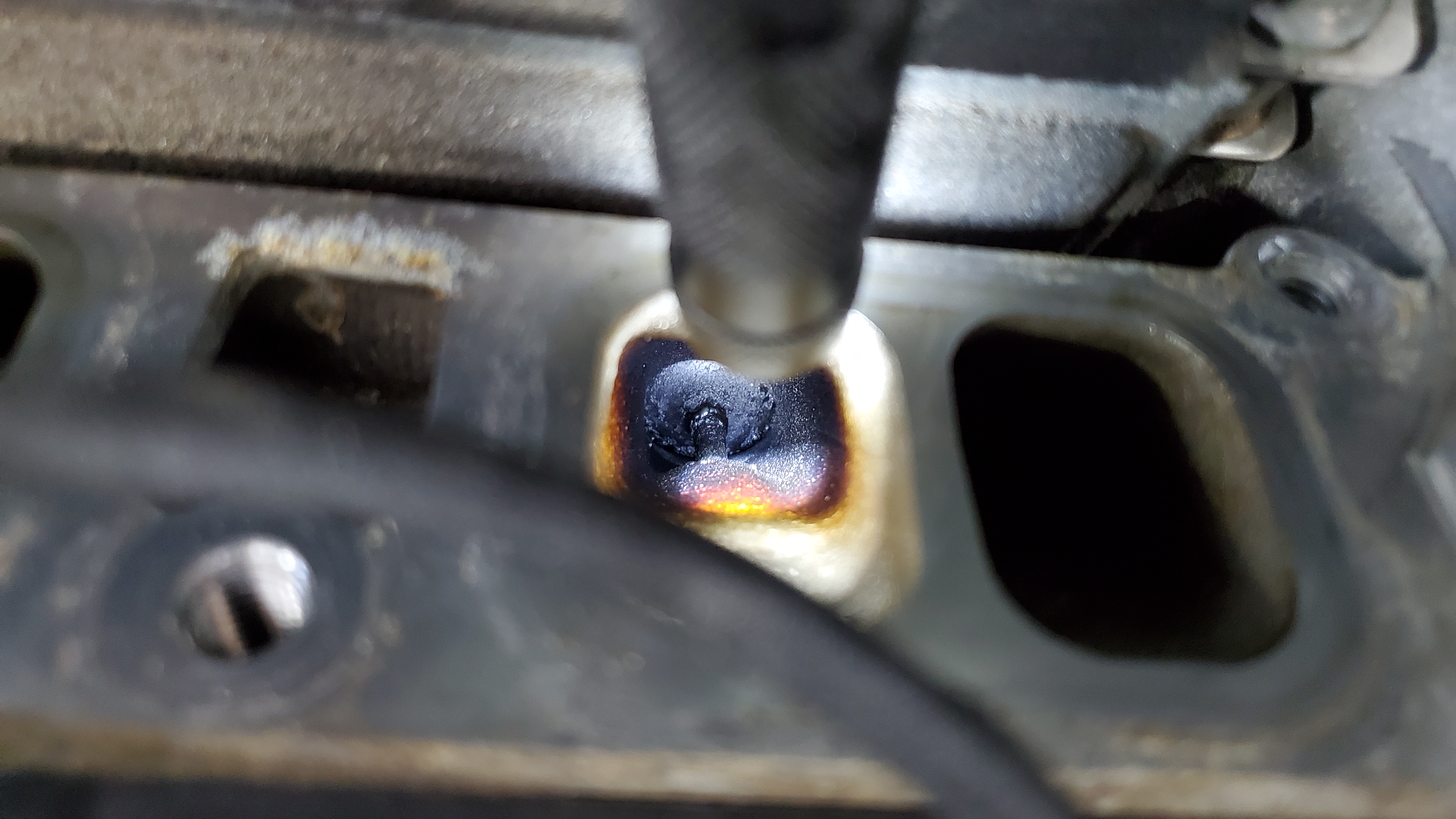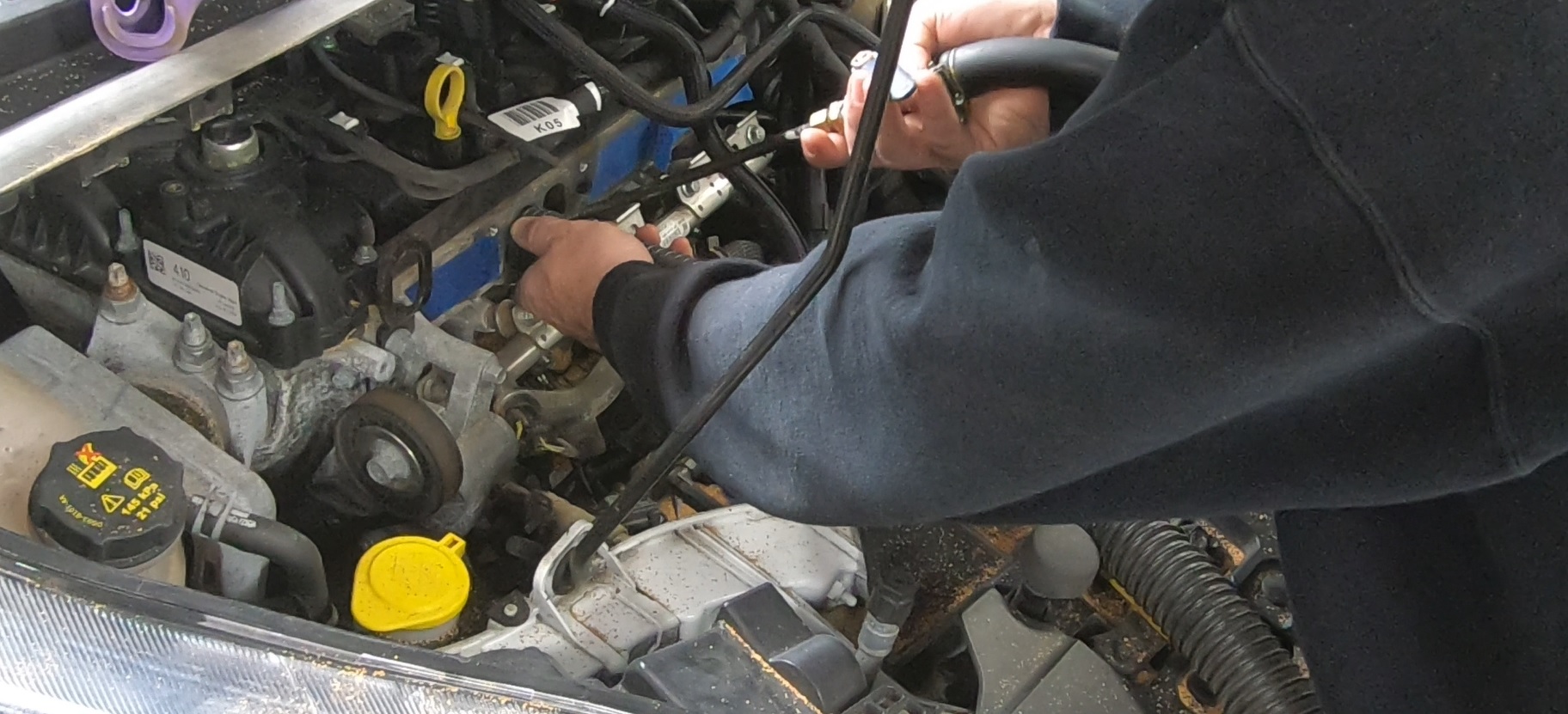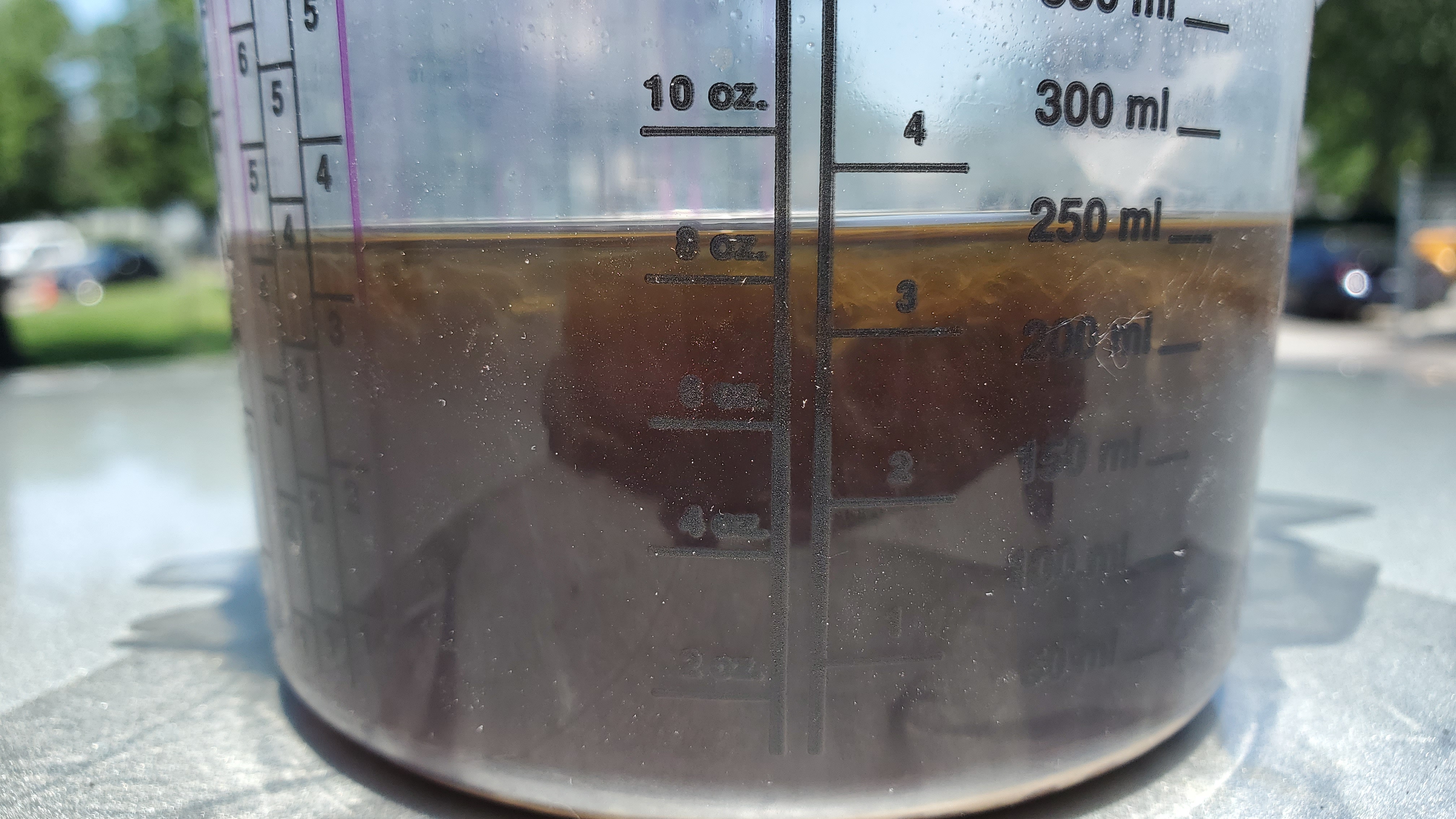
Our 2017 Ford Escape R&D vehicle represents real-world vehicles. A few years old, quite a few miles and very little maintenance done on it when we acquired it. It is a 2 wheel drive powered by the popular 2.0 liter EcoBoost engine.
What we wanted to know was simple. Could our J&L Oil Separator Co. “catch can” make a difference in an engine’s performance over the long haul.
We picked up this daily driver with just over 67,000 miles on the clock. We dyno tested it for power, datalogged important parameters and logged plenty of fuel usage to use as a baseline. We amassed over 4,700 miles over a 4-month period and used 217 gallons of your basic 87 octane from a variety of everyday sources like Sam’s Club, Wawa, 7-11, Kroger, BP and Shell. A few trips, but mostly around town and short hauls for a good cross-section of average use. Our MPG was a “not so Eco” 21.67 during this baseline test period.
Our 2017 Ford Escape 2.0 EcoBoost on the dyno, before the valve cleaning it produced a peak of 208 Horsepower and 246 foot lbs of torque.
Aw, Nuts!
We examined the valvetrain of the engine and not to anyone’s surprise, it wasn’t pretty. The valves were “coked”, black, carboned up and looked like a valvetrain that had been recirculating its own gunk for tens of thousands of miles. This is not a vehicle that has enjoyed the benefits of a catch can throughout its life!
We picked up an inexpensive media blaster (in this case, we chose walnut shell as the abrasive) and it actually did a very nice job of cleaning away a ton of that black build up!
With a “fresh start”, we buttoned it back up and of course added a J&L Oil Separator Co. 3.0 catch can to help stave off a repeat of this valvetrain problem in the future!
Our Escape valves with years of carbon build up on them. (Before)
Our Escape taken apart for the media blasting of the intake valves, what a job this was.
Nice, Clean Valves. The result of our Media Blasting. (After)
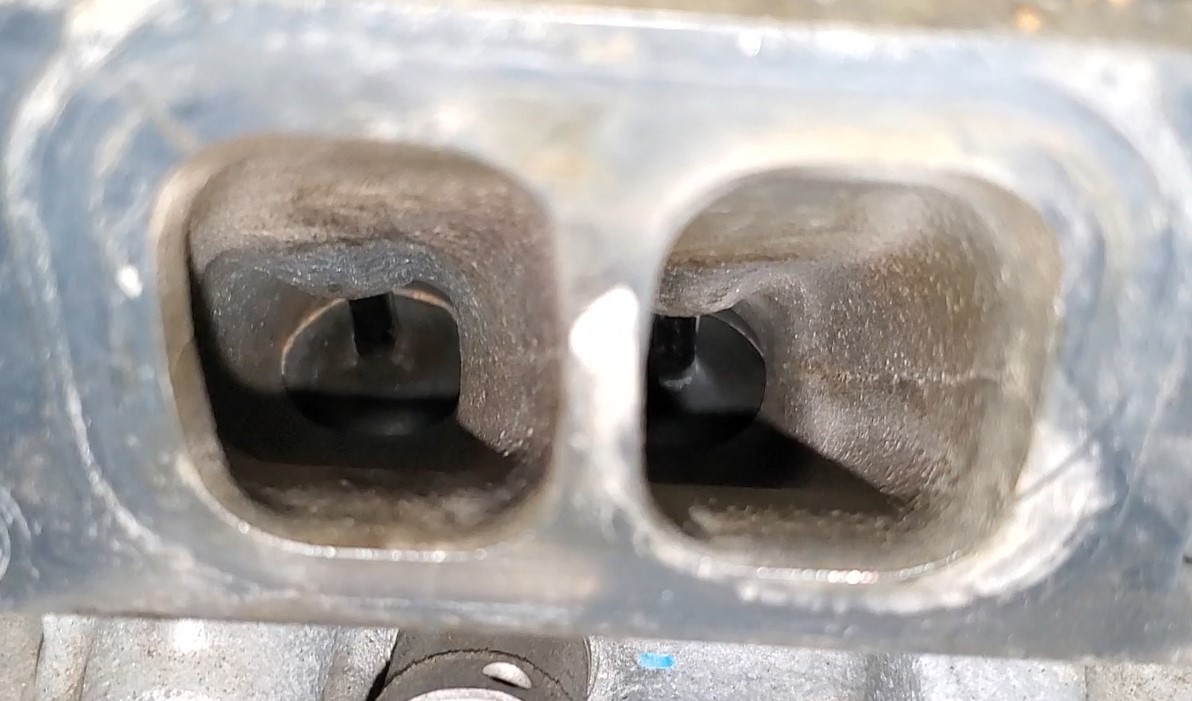
It’s back to the dyno later in that day, after the valve cleaning.
First, an important note: All dyno testing and valve cleaning were done on the same day! The mileage logs were obviously recorded over time, but the before and after effect of clean valves were as controlled as possible within that short timeline.
With our baseline runs recorded in the DynoJet’s memory, we carefully monitored ambient temps, humidity and barometric pressure. This isn’t a lab, but we wanted to get comparable data as best we could.
The same “high quality” fuel was used (87 from down on the corner) and we strapped down for anther series of runs. Our baseline consisted of two back-to-back runs, so we’d do the same here.
While we make NO claims that our J&L OSC catch cans will increase your power, it’s clear that in this comparison our little 2.0L EcoBoost was happier with a clean valvetrain!
Our “before and after” dyno sheet shows a gain of 9 wheel horsepower and 5 pound feet of torque.
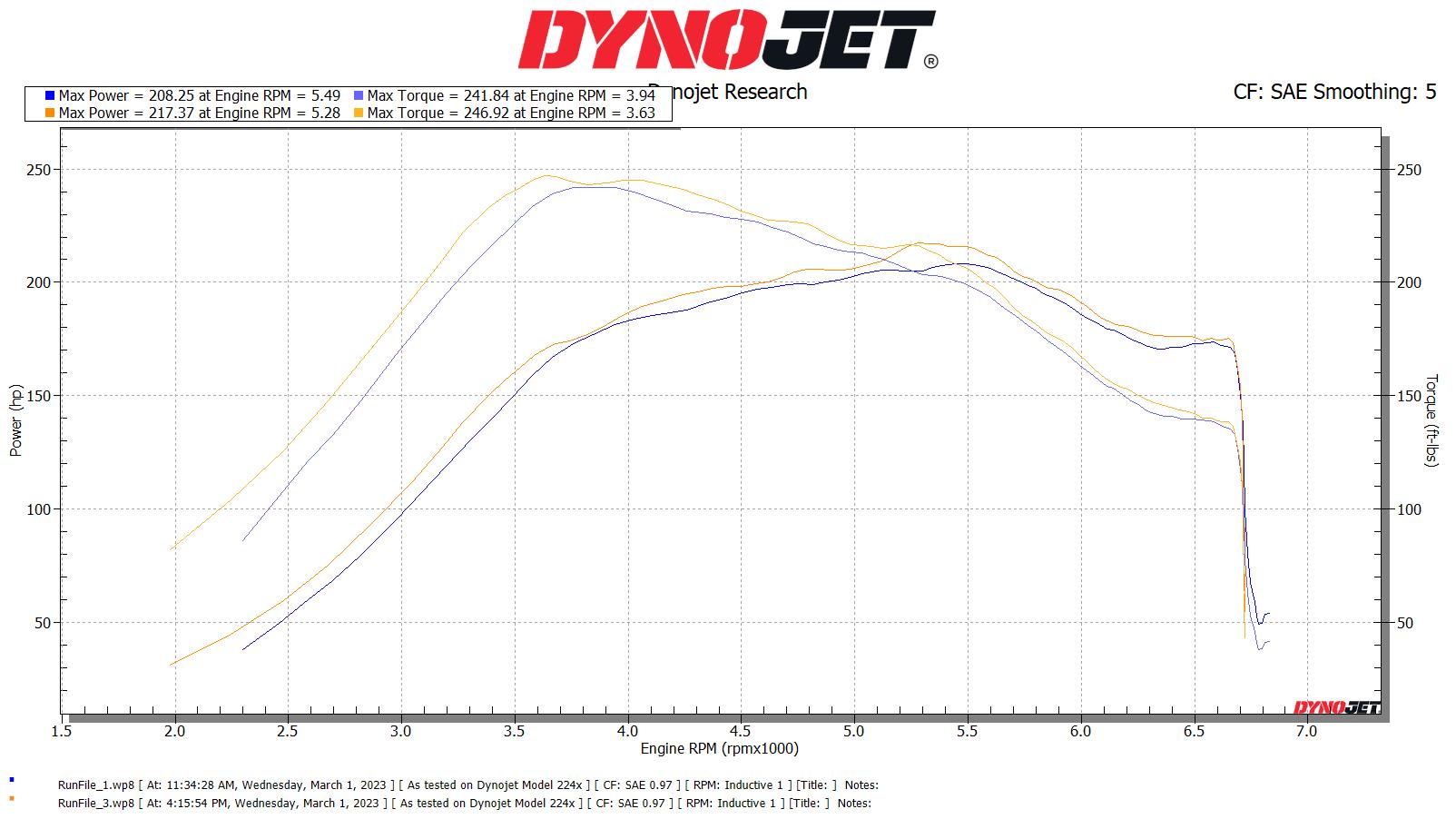
On The Road Again -Miles Per Gallon Testing
With clean valves, a newly installed J&L Oil Separator Co. 3.0 catch can in place and another belly full of fuel, we took it to the streets for another 5,000+ miles of use, abuse and general beatings. We devoured 221.859 gallons of gas and averaged 22.63 MPG during our “after” portion of our study. Again, a wide variety of fuel sources and driving distances and styles. Just like you would!
MILEAGE LOG BEFORE VALVE CLEANING
MILEAGE LOG AFTER VALVE CLEANING
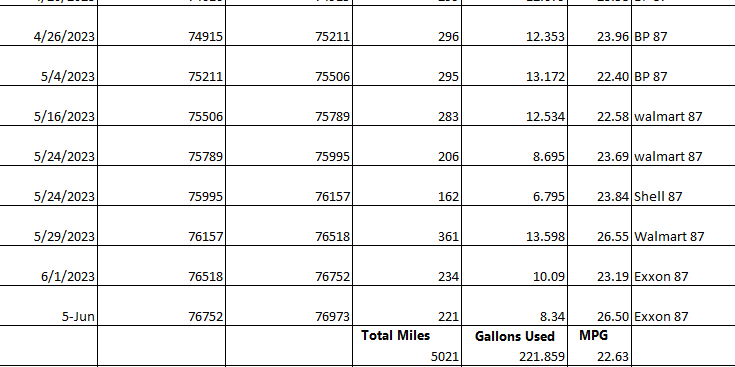
So, what do we know from this testing?
Over thousands of miles of normal use, basic fuel and before and after logging of data, we found that the Mighty Escape picked up about 1 MPG (mile per gallon).
We also know that we picked up both power and torque as measured on our DynoJet dyno.
What does this show us? First of all, that whether your vehicle is new or "experienced", now is the right time to add a J&L OSC catch can to you ride. Keeping the "gunk" out of your intake will ensure you maximize your engines performance for a long time. The valve cleaning job even for a knowledgeable DIY'er is challenging at best, you need special equipment to do the job and attention to detail to not ruin your engine. Expect to pay $500-$1000 for this time of service from a dealership/automotive shop depending on complexity of your model.
You don't need this stuff being recirculated back into your engine, building up gunk and robbing both power and mpg. (See the photo below for what our oil separator collected on this vehicle in the 5000 mile test after it was installed)

